What is polypropylene
- 2025-02-19
Polypropylene, also known as PP, is a thermoplastic polymer made from propylene monomer through gas-phase polymerization, slurry polymerization, liquid phase polymerization, and other methods. It is also one of the five universal resins. Its molecular structure is mainly composed of carbon and hydrogen, forming a linear structure. The alternating carbon atoms on the molecular chain carry a methyl group (- CH3). This unique structure endows polypropylene with many excellent properties.
From the appearance, polypropylene usually appears as a white waxy solid with uniform texture, non-toxic and odorless, which makes it widely used in fields that come into direct contact with food, medicine, etc. Many common food packaging bags, medicine boxes, etc. are made of polypropylene. Polypropylene has a low density of about 0.89-0.92g/cm ³, making it the lightest universal plastic. This characteristic not only makes its products easy to carry, but also provides advantages in some applications that have strict weight requirements, such as automotive parts manufacturing. Reducing component weight can help improve the fuel efficiency of cars.
Characteristics of polypropylene
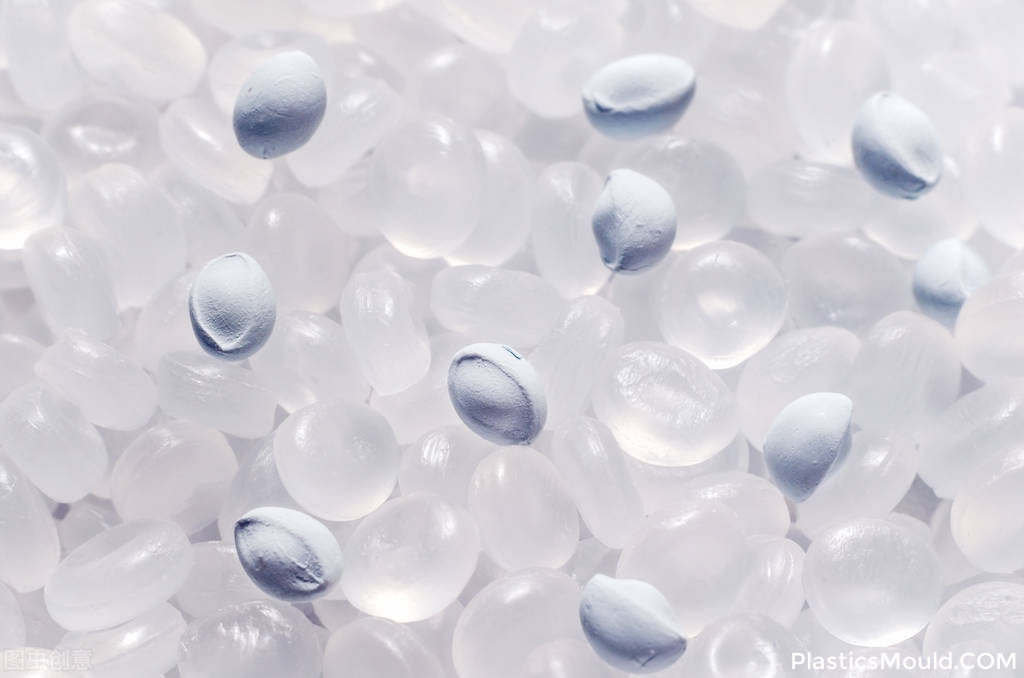
Unique physical characteristics
Polypropylene has a low density of approximately 0.89-0.92g/cm ³, making it the lightest among the five general resins. This makes it of significant application value in fields such as aerospace and automotive lightweighting. It has better strength, stiffness, and hardness than polyethylene, and can meet the manufacturing needs of some structural components that require material strength. At room temperature, the tensile strength of polypropylene can reach about 30MPa, which can withstand certain external forces without significant deformation. Its heat resistance is excellent, with a melting point of 164-170 ℃. The product can be disinfected and sterilized at temperatures above 100 ℃, and it does not deform at 150 ℃ without external force. Compared with other common plastics such as polyethylene (PE), its maximum operating temperature is generally around 80 ℃. Polypropylene has obvious heat resistance advantages and can be used to manufacture products that need to be used in higher temperature environments, such as microwave tableware, hot water pipes, etc.
Excellent chemical stability
Polypropylene has high resistance to most chemicals and is not easily corroded by substances such as acids, alkalis, solvents, etc. Polypropylene can remain stable in concentrated phosphoric acid, hydrochloric acid, 40% sulfuric acid, and their salt solutions at 100 ℃, and only a few strong oxidants such as fuming sulfuric acid may cause it to change. In applications such as chemical pipelines and storage containers, polypropylene can effectively resist the corrosion of various chemical substances, ensure the safe transportation and storage of media, and extend the service life of equipment. Like some chemical reagent bottles in the laboratory, many are made of polypropylene, which can ensure that the reagents are stored for a long time without being affected by the container material.
Advantages of formability and processability
Polypropylene has good formability and can be molded through various processes such as blow molding, injection molding, extrusion, etc. During the injection molding process, it has good melt flowability, can quickly fill the mold cavity, has a short molding cycle, high production efficiency, and is suitable for manufacturing various complex shaped plastic products, such as automotive interior parts, toys, daily necessities, etc. In the extrusion process, polypropylene can be made into pipes, sheets, sheets, etc., which are used in industries such as construction and packaging, such as drainage pipes for construction and plastic films for packaging.
Synthesis and Production of Polypropylene
Principle of polymerization reaction
The synthesis of polypropylene is mainly achieved through the polymerization reaction of propylene monomers. In this process, catalysts play a crucial role, and common catalysts include Ziegler Natta catalysts and metallocene catalysts.
Ziegler Natta catalysts consist of a main catalyst (such as titanium tetrachloride TiCl ₄, titanium trichloride TiCl ∝) and a co catalyst (such as alkyl aluminum, like triethylaluminum Al (C ₂ H ₅) ∝). In the polymerization reaction, the main catalyst and co catalyst first react to form active catalytic centers. The carbon carbon double bond of propylene monomer will coordinate with the empty orbitals of transition metal atoms in the catalytic center to form π - complexes, and then the monomer molecule will be inserted between the metal carbon to achieve chain growth. As this process repeats, the propylene molecules continue to connect, ultimately forming long chains of polypropylene. Moreover, Ziegler Natta catalysts can arrange the methyl groups on propylene molecules in a regular manner on the main chain in a certain direction, thereby forming isotactic or syndiotactic polypropylene, which has a significant impact on the crystallinity and properties of polypropylene.
Metallocene catalysts are organic metal complexes formed by coordinating transition metals (such as zirconium Zr, titanium Ti, etc.) with cyclopentadienyl or cyclopentadienyl derivatives, usually used in conjunction with co catalysts such as methylaluminoxane (MAO). Metallocene catalysts have the characteristic of a single active center, which gives them more precise control over the structure and properties of polymers. In polymerization reactions, metallocene catalysts can more accurately control the length, molecular weight distribution, and regularity of polypropylene molecular chains, producing polypropylene products with special properties such as narrow molecular weight distribution and high stereoregularity, meeting the needs of some high-end fields, such as high-end packaging materials, medical devices, and other industries that require extremely high material performance.
Common production processes
The production processes of polypropylene are diverse, including slurry method, liquid-phase bulk method, and gas-phase bulk method, each with its own unique characteristics.
Slurry method: This is the earliest process technology used for producing polypropylene, and has been the main production process from the first industrial plant in 1957 to the mid to late 1980s. Typical techniques include Montedison from Italy and Hercules from the United States. In the slurry method, propylene monomer undergoes polymerization reaction in a diluent (such as hexane or other inert solvents) under the action of a catalyst. The polypropylene generated by the reaction is suspended in fine particles in a diluent, forming a slurry. Due to the early use of the first generation catalyst, it is necessary to carry out ash removal and random material removal operations to remove catalyst residue and random polypropylene, and improve product quality. With the application of second-generation highly active catalysts, the catalyst de ashing step can be eliminated and the production of random polymers can be reduced. Now, this process can be used to produce homopolymers, random copolymers, and impact copolymers. At present, the production capacity of slurry PP in the world accounts for about 13% of the total global PP production capacity. The retained slurry products are mainly used in some high-value fields, such as special BOPP films, high relative molecular weight blow molded films, and high-strength pipes. Its advantage is that the product quality is high and it can meet some application scenarios with strict performance requirements; The disadvantage is that the process flow is relatively complex, requiring a large amount of solvents, and the subsequent separation and recovery of solvents have high energy consumption.
Liquid phase bulk polymerization method: This process involves dispersing the catalyst directly in the liquid phase propylene without adding any other solvents in the reaction system for the liquid-phase bulk polymerization of propylene. Polymers continuously precipitate from the liquid phase propylene and are suspended in fine particles in the liquid phase propylene. When the conversion rate of propylene reaches a certain level, the unpolymerized propylene monomer can be recovered by flash evaporation to obtain the powder polypropylene product. This is a relatively simple and advanced production method for polypropylene industry, representing the new technology and level of polypropylene production internationally in the 1980s. The core equipment is a multi zone circulation reactor system, such as the R230 system, which consists of two parts: a riser and a downcomer. The polymer is fluidized and circulated through the reaction gas, and the reaction heat is removed by the circulation cooler on the external circulation pipeline. The current maximum production capacity of the single line in this process has reached 450000 tons per year, and the ethylene content of the impact copolymer product in the multi zone circulation reactor can reach up to 22%. It can also produce ternary copolymer products containing ethylene and 1-butene. The advantages of liquid-phase ontology method are very significant, including simple process, few equipment, low investment, low power consumption and production cost; Homopolymerization is carried out in a stirred tank reactor or a loop reactor, while random copolymerization and block copolymerization are carried out in a stirred fluidized bed, making the operation relatively simple. However, this process also has certain limitations. The reaction gas needs to be vaporized and condensed before it can be circulated back to the reactor. The high-pressure liquid hydrocarbon material in the reactor has a large capacity and potential danger; Moreover, the concentration of ethylene in the reactor cannot be too high, otherwise a separate gas phase will form in the reactor, making it difficult to operate the reactor and the ethylene content in the resulting copolymer product will not be too high.
Gas phase bulk polymerization: In the gas phase bulk polymerization process, no solvent is introduced into the system, and propylene monomer is polymerized in the gas phase in the reactor. Short process, few equipment, safe production, and low production costs. The main types of polymerization reactors are fluidized bed, vertical stirred bed, and horizontal stirred bed. Taking a fluidized bed reactor as an example, gas-phase propylene undergoes polymerization reaction in a fluidized state under the action of a catalyst, and the reaction heat is carried out through the cooling system or circulating gas inside the reactor. This process can flexibly adjust reaction conditions to produce polypropylene products of different grades and properties. For example, by adjusting parameters such as reaction temperature, pressure, and the ratio of hydrogen to propylene, polypropylene with different melt flow rates, isotropy, and properties can be produced. The advantages of the gas-phase ontology method are high production efficiency, flexible product switching, and the ability to quickly respond to market demand for different products; But it requires high control of reaction conditions, such as precise control of reaction temperature, pressure, and gas flow rate, to ensure the stability of the reaction and consistency of product quality.
Application areas of polypropylene
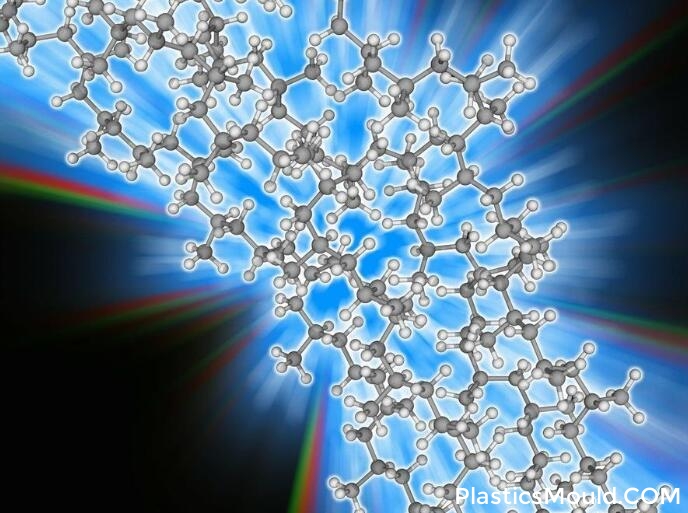
The main force in the packaging industry
Polypropylene plays an important role in the packaging industry and is a commonly used material in fields such as food, medicine, and daily necessities packaging. Due to its lightweight, chemical resistance, and wear resistance, it can effectively protect the contents and extend their shelf life. In terms of food packaging, polypropylene can be used to make various food packaging bags, cling film, plastic containers, etc. Many common snack packaging bags, yogurt cups, fast food boxes, etc. are made of polypropylene, which not only ensures the freshness of the food, but also withstands certain external pressure and is not easily damaged. In drug packaging, polypropylene, with its excellent chemical stability and barrier properties, can be used to make medicine bottles, medicine boxes, medicinal capsules, etc., ensuring that drugs are not affected by the external environment and guaranteeing the quality and safety of drugs. In the field of daily necessities packaging, polypropylene is widely used in the manufacturing of cosmetics bottles, shampoo containers, laundry detergent buckets and other products. Its diverse molding processability can meet the packaging needs of different shapes and designs, adding attractiveness to products.
Key materials for the automotive industry
In the automotive industry, polypropylene is an indispensable key material widely used in automotive interiors, body components, engine parts, and other aspects. In terms of automotive interior, polypropylene is commonly used to manufacture components such as instrument panels, seats, door panels, etc. Its lightweight characteristics help to reduce the overall weight of the car, thereby reducing fuel consumption and improving fuel economy; At the same time, it also has good impact resistance, which can protect the safety of passengers in the car to a certain extent. The bumper, body decorative strips and other body components of cars are often made of polypropylene. After modification, polypropylene has higher strength and toughness, which can meet the requirements of cars in various complex road conditions. At the same time, it can also achieve complex molding design through injection molding and other processes, enhancing the aesthetic appearance of cars. In engine components, polypropylene can be used to manufacture intake manifolds, cooling fans, etc. Its heat resistance and chemical stability enable it to work stably in high-temperature and highly corrosive engine environments, ensuring the normal operation of the engine. According to statistics, in recent years, with the increasing trend of lightweighting in automobiles, the use of polypropylene in cars has been increasing year by year. The amount of polypropylene used in an ordinary sedan can reach tens of kilograms or even more.
Reliable choices in the medical field
Due to its good biocompatibility, polypropylene does not cause adverse reactions in human tissues, making it a reliable choice in the medical field and widely used in medical syringes, test tubes, medical packaging, and other areas. Medical syringes are one of the typical applications of polypropylene in the medical field, with high transparency, making it easy for medical staff to observe the extraction and injection of medication; The texture is tough and not easily broken, ensuring the safety of the use process. The test tube is also made of polypropylene, which has good tolerance to various chemical reagents, does not react with the reagents, affects the experimental results, and can maintain stable performance during high-temperature sterilization and other processing. In terms of medical packaging, polypropylene can be used to make drug packaging boxes, medical device packaging bags, etc., which can effectively protect medical supplies from contamination, maintain their sterile state, and provide strong guarantees for the safety and hygiene of the medical industry. With the continuous advancement of medical technology and the increasing demand for the quality of medical supplies, the application prospects of polypropylene in the medical field will be even broader.
Widely applied in other fields
In addition to the main fields mentioned above, polypropylene also has a wide range of applications in many other industries:
Textile industry: Polypropylene fibers are used to manufacture various textiles such as carpets, ropes, industrial filter materials, etc. Polypropylene fibers have the characteristics of being lightweight, wear-resistant, and not easily absorbing water. Carpets made from them are not only lightweight and soft, but also have good wear resistance and stain resistance, making them easy to clean and maintain; The rope made has high strength and light weight, suitable for various outdoor operations and industrial scenes; In industrial filtration materials, polypropylene fibers can effectively filter various impurities and particles, ensuring the smooth progress of industrial production processes.
Construction and building materials: In the field of construction, polypropylene can be used to manufacture pipes, insulation materials, flooring materials, etc. Polypropylene pipes have the advantages of corrosion resistance, wear resistance, and easy installation, and are widely used in building water supply and drainage systems, underfloor heating pipelines, etc. They can effectively prevent pipeline corrosion and leakage problems, and extend the service life of pipelines; Polypropylene insulation material has good insulation performance, which can effectively reduce the energy consumption of buildings and improve energy utilization efficiency; Polypropylene flooring material has the characteristics of anti slip, wear-resistant, and easy to clean, and is commonly used for flooring in public places and homes.
Electronics and appliances: In the field of electronics and appliances, polypropylene is used to manufacture components such as cable sheaths, sockets, switches, etc. Its insulation performance is good, which can effectively prevent current leakage and ensure safe use; Meanwhile, polypropylene also has good heat resistance and dimensional stability, which can maintain stable performance within the working temperature range of electronic and electrical products, ensuring the normal operation of the products.
Household goods: In the manufacturing of household goods, polypropylene also has many applications, such as chairs, trash cans, storage boxes, etc. Chairs made of polypropylene are lightweight, high-strength, and come in a variety of colors and styles to choose from, both aesthetically pleasing and practical; Garbage bins and storage boxes utilize the corrosion resistance and molding processability of polypropylene, which can meet different storage needs and are easy to clean and maintain.
In the agricultural field, polypropylene is used to manufacture agricultural products such as agricultural films, water pipes, agricultural packaging, etc. Polypropylene agricultural film has good transparency and insulation properties, which can promote the growth of crops; Water pipes are corrosion-resistant and aging resistant, and can meet the long-term needs of agricultural irrigation; Agricultural packaging can effectively protect the quality of agricultural products during transportation and storage.
Toy manufacturing: Due to its low cost and good processability, polypropylene is also widely used in toy manufacturing. Toys of various shapes and colors can be made through injection molding and other processes to meet children's play needs, while their safety also complies with relevant standards in the toy industry.
Recycling and Environmental Protection of Polypropylene
Recyclability and significance
Polypropylene is a recyclable plastic, and recycling polypropylene is of great significance for environmental protection and resource utilization. With the widespread use of plastic products, the disposal of plastic waste has become a global environmental issue. If polypropylene waste is not effectively recycled, it will not only occupy a large amount of land resources, but also take a long time to decompose in the natural environment, during which harmful substances may be released, causing pollution to soil, water and air. By recycling polypropylene, discarded polypropylene products can be reprocessed and utilized, reducing the demand for primary plastic resources and decreasing the consumption of raw materials such as oil, thereby reducing energy consumption and carbon emissions in the plastic production process and contributing to sustainable development. Relevant data shows that recycling polypropylene can save about 80% of energy compared to producing new polypropylene. For every ton of polypropylene recycled, approximately 5774 kilowatt hours of energy can be saved, while significantly reducing greenhouse gas emissions.
Challenges and Solutions Faced by Recycling
Although polypropylene is recyclable, it faces many challenges in the actual recycling process:
The recycling cost is relatively high: the collection, transportation, and treatment of polypropylene waste require a large amount of manpower, material resources, and financial resources. The layout of the recycling points is not perfect enough, resulting in difficulties in collection and increased transportation costs; The high cost of purchasing and maintaining recycling equipment makes it difficult for some small recycling enterprises to afford, limiting the development of the recycling industry.
Classification difficulty: In practical life, polypropylene products are often mixed with other types of plastics, metals, paper, and other materials, making it difficult to quickly and accurately separate polypropylene. The physical properties such as density and melting point of different types of plastics are relatively similar. Traditional manual sorting has low efficiency and large errors, while the use of advanced automated sorting equipment, such as near-infrared spectroscopy sorting technology, can improve sorting accuracy, but the equipment cost is high and there are certain difficulties in promoting and applying it.
Unstable quality of recycled products: Polypropylene is affected by factors such as light exposure, oxidation, and heat during use, leading to a decrease in its performance. During the processing of recycled polypropylene, issues such as residual impurities and broken molecular chains can make it difficult for the quality of the recycled product to reach the level of native polypropylene, limiting its application in some high-end fields.
To address these issues, the following measures can be taken:
Policy support and incentives: The government should introduce relevant policies to encourage enterprises and individuals to participate in polypropylene recycling. Providing tax incentives, subsidies, and other measures to reduce the operating costs of recycling enterprises and increase their enthusiasm; Establish and improve laws and regulations on plastic recycling, regulate the order of the recycling market, and strengthen the supervision and punishment of illegal dumping of plastic waste.
Technological innovation: Increase research and development investment in polypropylene recycling technology, and develop more efficient sorting, cleaning, and regeneration technologies. For example, using artificial intelligence and machine learning technology to optimize sorting equipment, improving the accuracy and efficiency of sorting; Research new modification technologies to improve the performance of recycled polypropylene and enable it to meet the needs of more fields.
Strengthen publicity and education: Through various media channels, enhance environmental education for the public, raise awareness of the importance of polypropylene recycling, guide the public to develop the habit of correctly classifying and disposing of plastic waste, and promote the recycling and utilization of polypropylene from the source.
Future prospects
Polypropylene plays a crucial role in modern industry and daily life due to its diverse characteristics and wide range of applications. From the protective guard of the packaging industry, to the lightweight pioneer of the automotive industry, to the safety guarantee in the medical field, and its wide application in many other industries, polypropylene meets the diverse needs of different fields with its unique advantages.
With the rapid development of technology, the future of polypropylene is full of infinite potential. In terms of performance improvement, scientists will continue to explore new catalysts and modification technologies to further enhance the performance of polypropylene, such as improving its strength, toughness, heat resistance, and aging resistance, so that it can be used in more demanding environments. At the same time, developing more environmentally friendly polypropylene materials, such as biodegradable polypropylene, will become an important research direction in the future to reduce the pressure of plastic waste on the environment and promote sustainable development.
In terms of application expansion, with the rise of emerging industries such as new energy, artificial intelligence, and the Internet of Things, polypropylene will find new application opportunities in these fields. In the field of new energy vehicles, polypropylene can be used to manufacture battery casings, interior parts, etc., helping to reduce the weight and improve the performance of new energy vehicles; In the field of electronic appliances, with the miniaturization and high performance of electronic products, polypropylene will play a greater role in electronic component manufacturing due to its good insulation and molding processability.
In addition, with the development of the global economy and the improvement of people's living standards, the demand for polypropylene products will continue to grow, and the market prospects are broad. However, the polypropylene industry also faces some challenges, such as intensified market competition and fluctuations in raw material prices. Enterprises need to continuously strengthen technological innovation, improve production efficiency, optimize product structure, and enhance market competitiveness.
I believe that in the future, polypropylene will continue to expand its application fields under the promotion of technological innovation, making greater contributions to the development of human society and becoming an important force in promoting progress in various industries.
-
TAG:
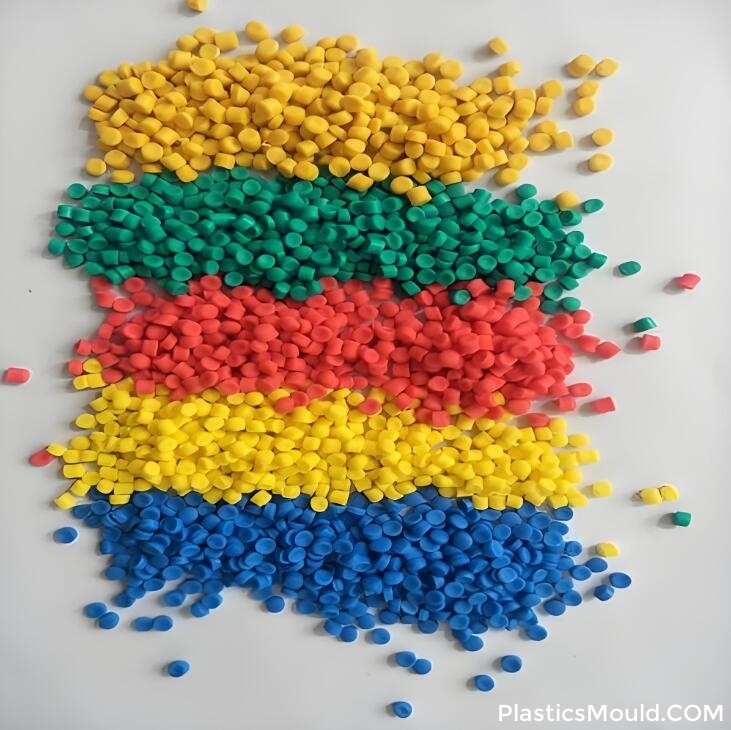
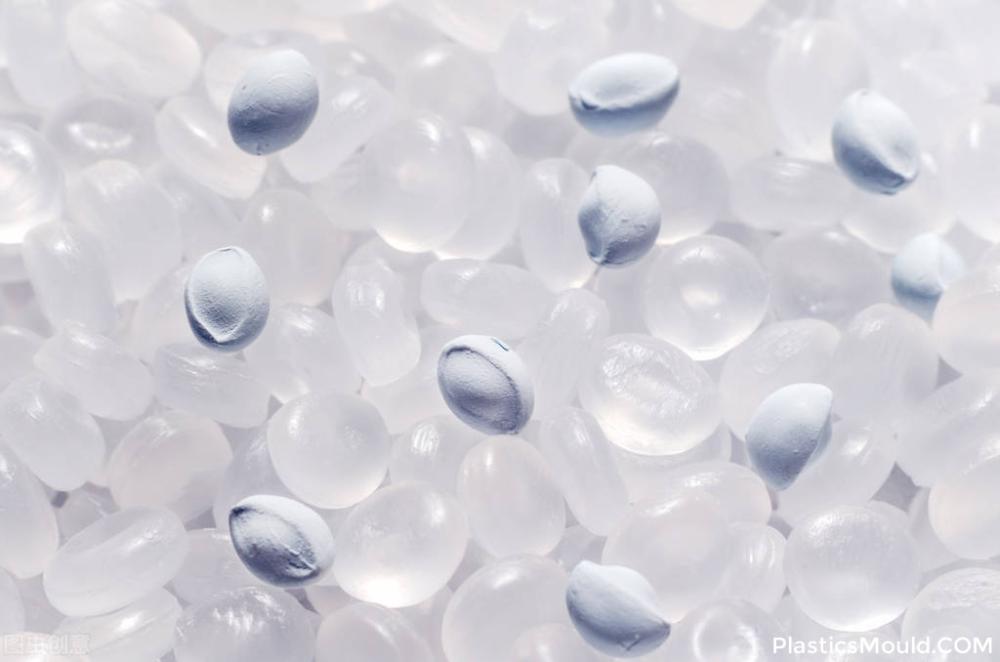
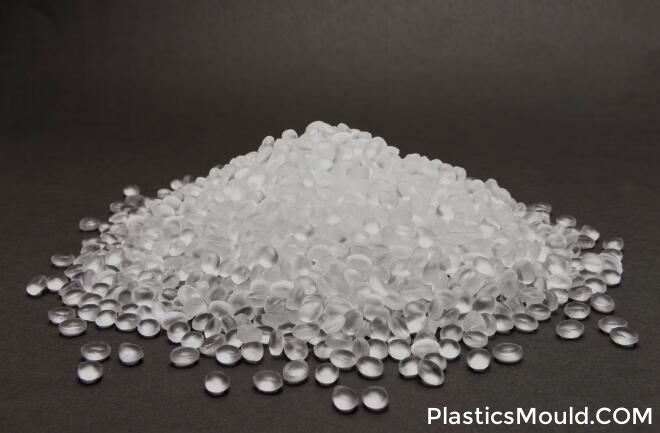
Send Your Inquiry Now